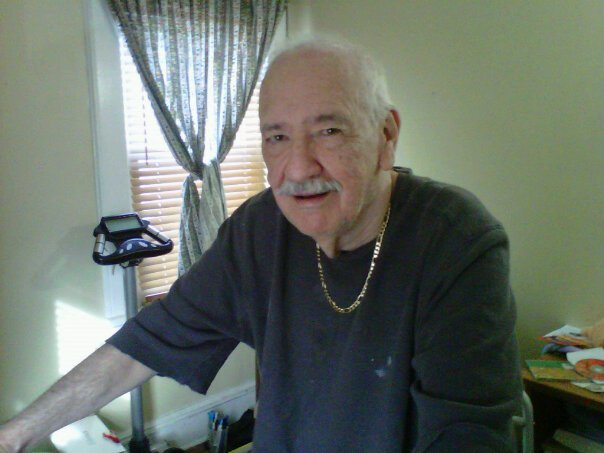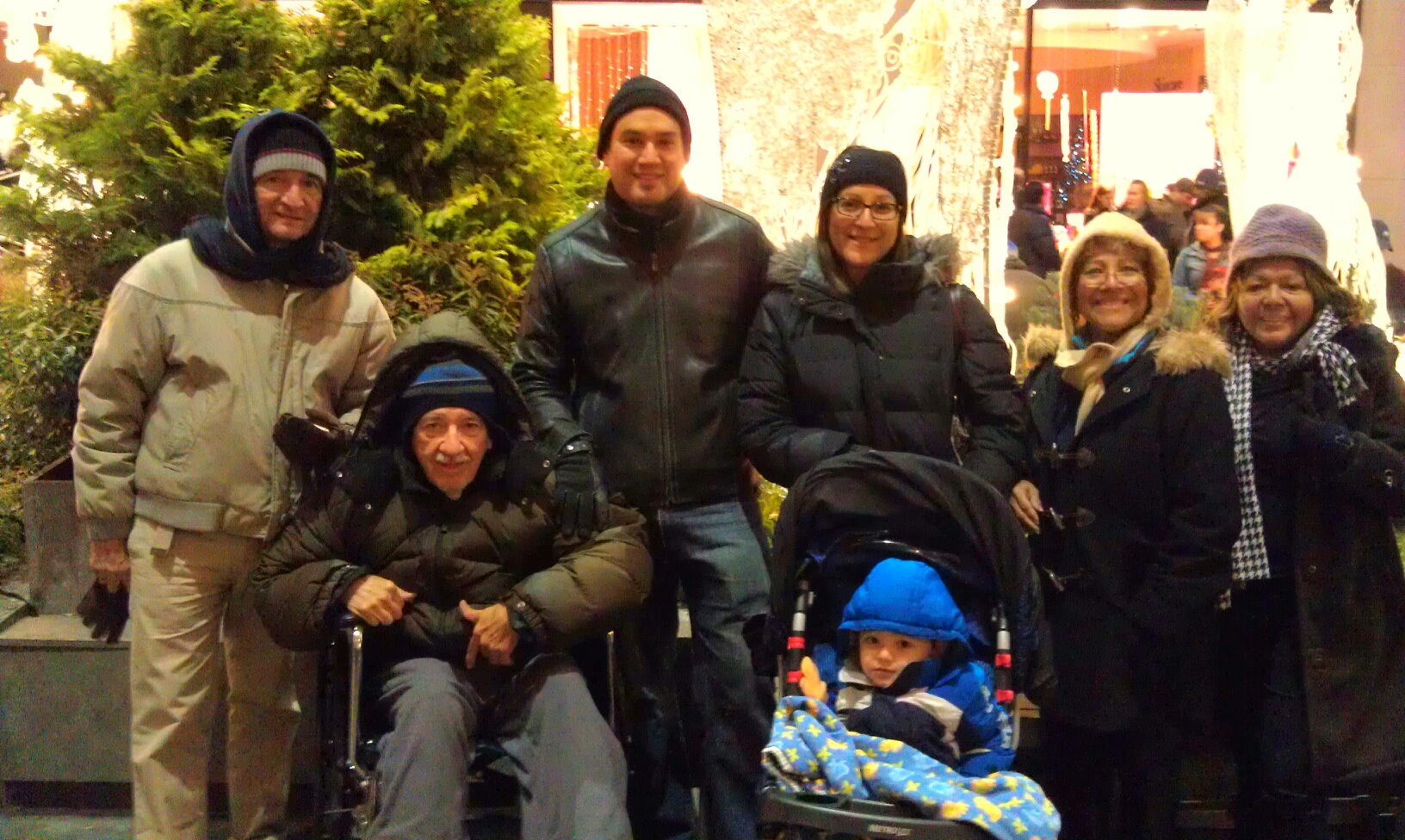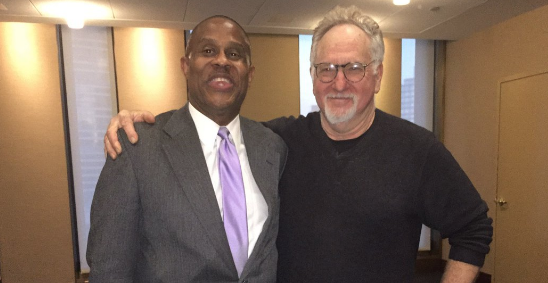Have you ever had to fill out a medical form and get asked if you’ve ever had surgery? I’ve always had the good fortune of responding that I haven’t. Somehow, even though I had a bad car accident at 19 resulting in a dislocated hip and a scooter accident just last year resulting in a fractured fibula (ankle), I’ve been lucky enough to escape the need for surgery.
That ends tomorrow. I’ll be checking into a hospital in Manhattan bright and early to get a pretty large fibroid removed my uterus via a surgery called a myomectomy. My doctor tells me it should take about five hours. So, how did I even get here? And what the heck is a fibroid?
Uterine fibroids are the most common noncancerous tumors in women of childbearing age. Fibroids are made of muscle cells and other tissues that grow in and around the wall of the uterus, or womb. The cause of fibroids is unknown. Risk factors include being African-American or being overweight. The symptoms of fibroids include:
- Heavy or painful periods or bleeding between periods.
- Feeling “full” in the lower abdomen.
- Urinating often.
- Pain during sex.
- Lower back pain.
- Reproductive problems, such as infertility, multiple miscarriages, or early labor.
Many women don’t have symptoms at all. And that’s because there are different types of fibroids. See more from the White Dress Project here.
As for how I got here, this past year, something changed. I’d been having really long and heavy periods. Like, beyond long. And crime scene-like. And painful and, even worse, my cycle would zap me of energy. It was the type of thing that was making me NEVER WANT TO LEAVE THE HOUSE. And those who know me know I am a social butterfly.
So I went to my gynecologist and asked to get back on birth control. Why? Well, pills can have side effects and carry risk for stroke when one is in their 40s, but they basically make monthly bleeding non-existent.
But my doctor advised against it and suggested an ultrasound. I went in for that and the session took so long and I saw a look of concern on the ultrasound technician’s face, so I knew something was up.
Turns out I have several fibroids and one big one smack dab in the middle of my uterus. I was then asked to come in for a more in-depth ultrasound with saline water to expand my uterus. They got a clear picture of this thing and was told surgery was my best option.
Tomorrow, I’ll be put to sleep and in a robotic surgery, my doctor will shave the fibroid down, hopefully getting it all. Hopefully, this will fix the problem.
I’ll have to skip yoga for some time as my core and pelvic areas will be tender. But I am hopeful as I have been telling those close to me that I simply can’t live like this anymore.
And why do we need a “uterine fibroid awareness month?” Because no one talks about this kind of thing.
When you’re a young girl, you’re told about your period and, in many cases, that’s it. I grew up thinking one day your period would stop when you got older (“the change,” aka menopause), but that’s not how it goes at all. Perimenopause can last for up to 15 years and it’s when things start getting wacky. And perhaps that’s why I didn’t think anything was wrong until things got very wrong.
Earlier this year, an article in The New York Times perused the “mysteries of perimenopause,” so it’s no surprise to me that fibroids, too, are a mystery. From the article:
“You’re hearing what I’m hearing, ‘Nobody ever told me this, my mother never told me this,’ and I had the same experiences many years ago with my mother,” said Dr. Lila Nachtigall, a professor of obstetrics and gynecology at N.Y.U. Grossman School of Medicine who has been treating perimenopausal women for 50 years, and is an adviser to Elektra Health, a telemedicine start-up.
So this thing about not talking about this has got to end. We all have women in our lives who need to know about this well before it becomes a problem. And this blog post is my small attempt at making sure there is awareness about fibroids. If you’re experiencing any changes in your period, don’t wait like I did: see a doctor! And there are several apps out there to help you track your period. I myself use Kindara.














 Written by
Written by 